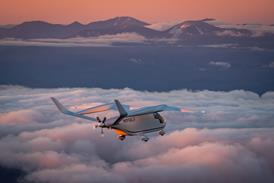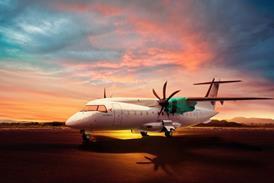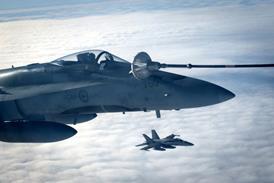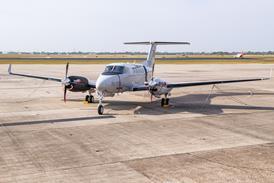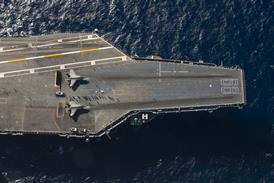Navigation equipment on Indonesian twinjet ‘stopped working’ after leaving Jakarta
Indonesia’s National Transportation Safety Commission (NTSC) will be interviewing the pilots who made an emergency landing on an isolated island airstrip after experiencing problems navigating an Adam Air Boeing 737-300 to its destination.
The aircraft (PK-KKE) took off from Jakarta on 11 February and made an emergency landing at Tombulaka airport on eastern Indonesia’s Sumba island, says Pritap Widjaja, the NTSC investigator examining the incident.
Sumba is a relatively remote island about 550km (300nm) south of the aircraft’s scheduled destination of Makassar, an Indonesian city on Sulawesi island.
Indonesian news reports say that, after leaving Jakarta, the aircraft’s navigation and communication equipment stopped working. The pilots later made an emergency landing at Sumba because they were unaware of their position and were unable to locate Makassar, add the reports.
Widjaja declines to say if there was anything wrong with the aircraft’s navigation equipment, however. He says this is now subject to investigation and that he will be interviewing the pilots involved.
When asked if the aircraft was able to communicate with controllers, the investigator says: “According to air traffic control this was being handled by the Makassar advanced traffic system, but they were unable to receive any communications from the aircraft.”
He cites news reports as saying the aircraft was in the air for about 4h before it landed at Tombulaka airport, which has a 1,600m (5,250ft) runway that is normally only sufficient for turboprops such as the Fokker F27. Despite this the 737 landed safely, and none of the 136 passengers and seven crew on board were injured, adds the investigator.
Adam Air president Adam Suherman says the airline inspected the aircraft at Tombulaka on 12 February and found “nothing wrong with the navigation equipment”.
LEITHEN FRANCIS / SINGAPORE
Source: Flight International


